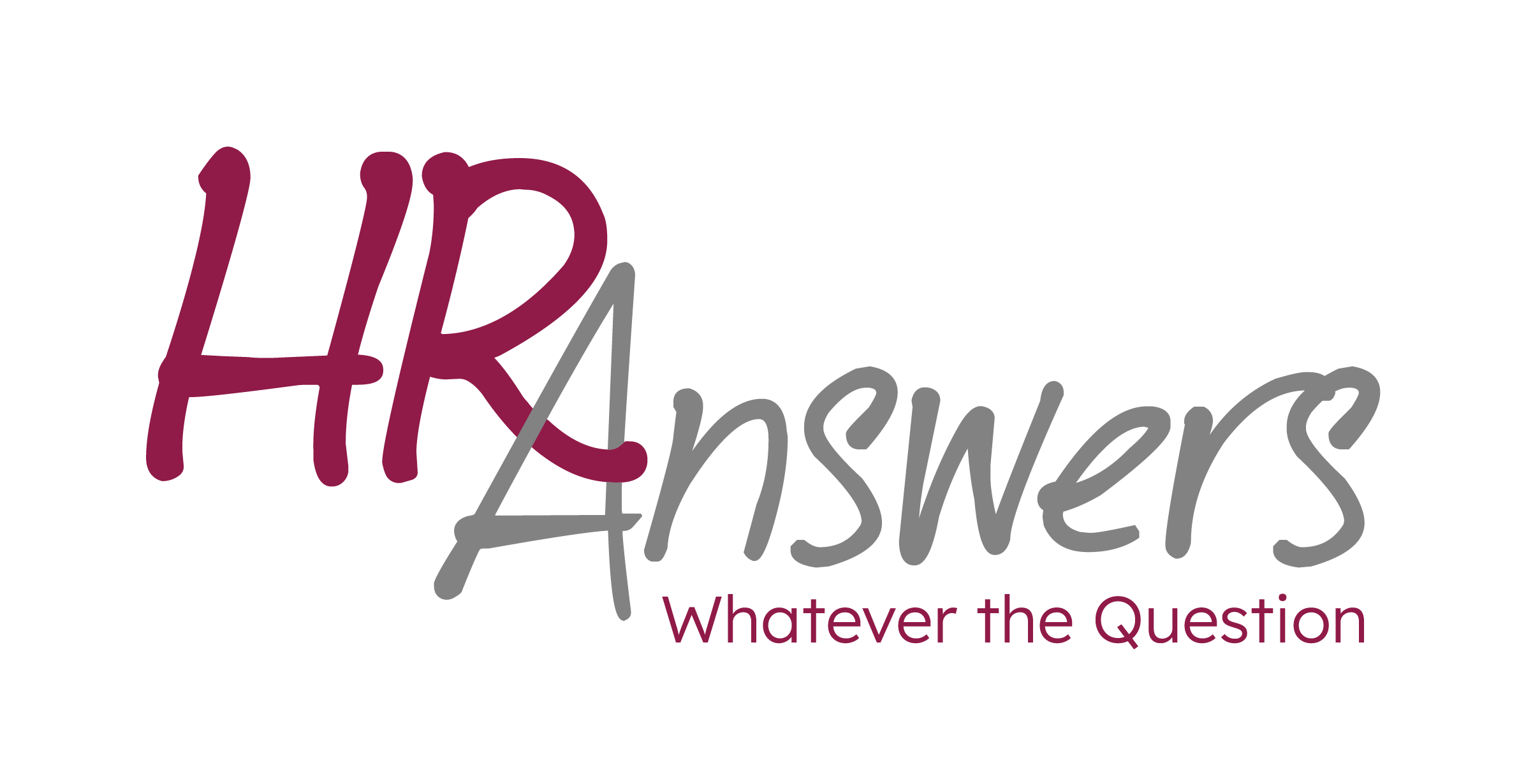Setting the Stage in 2024: Navigating HR Successfully and Avoiding Common Pitfalls

What if you could anticipate and avoid your next HR debacle? Kicking off the new year in a good space is a great place to be a leave you breathing easier.
In the realm of Human Resources, steering clear of potential pitfalls is paramount for any business. The repercussions of outdated policies and inadequate documentation can significantly impact an organization’s trajectory. Are you confident in the current state of your employee handbook? Do your policies address every essential aspect? These questions often indicate areas prone to HR issues, whether it’s in hiring, firing, employee documentation, or other critical areas vital to an organization’s growth.
To assist in fortifying your proactive approach to managing HR policies and procedures, we offer these suggestions containing key areas from our professional experts to enlighten you on the most frequent HR mistakes and how to circumvent them effectively.
Consider:
The Outdated Employee Handbook: An outdated handbook can lead to costly errors and challenges with employee experiences, communications, and meeting expectations. Whether you have an outdated employee handbook or none at all, take a look at what you may want to include:
- Social media guidelines
- Communications policy
- Statement of company culture
- Nondiscrimination policy
- Anti-harassment policy
- Attendance policy
- Professional conduct expectations
- Code of ethics
- Safety guidelines
Employee handbooks can help small businesses avoid misunderstandings and minimize their risks regarding employment-related lawsuits and claims. These claims often stem from inconsistent treatment of employees or a lack of clarity in policies and procedures.
Handbooks that outline policies and guidelines not only provide expectations for employee conduct, it also creates a framework to guide management and leadership – helping to ensure policies are enforced appropriately and evenly across departments.
Documentation Essential for Performance-Based Termination: Understand the criticalness of proper documentation and the steps involved in a corrective action policy to mitigate risks.
Having candid conversations with employees who aren’t performing well isn’t easy. But documenting those employee performance conversations is important, especially when terminating the employee is the result of continued poor performance. What you need is a corrective action policy. While it provides employees with an opportunity to improve their performance, it also can support decisions to terminate or demote that employee. If you don’t have the documentation that shows a pattern of poor performance, small businesses may open themselves to liability issues such as a wrongful termination or discrimination complaint. General steps to follow in a include:
- Verbal warning – Discuss the specifics of the employee’s poor performance. It is a verbal warning, but it should still be documented and put in the employee’s personnel file.
- Written warning – Meet with the employee and a member of HR. Give written information detailing how the employee hasn’t performed, the impact the lack of performance has had, the expected course of action and consequences of noncompliance. This is signed by all meeting attendees.
- Final warning – Similar to the written warning meeting, but with the condition that any further performance issues will result in termination. Signed by all attendees.
- Termination – This is a meeting where you notify the employee of termination. Provide a written, dated document that goes over final pay, collecting any company issued property and permitting the employee to collect personal items.
Effective Employee Data Management: Gain insights into the proper handling of sensitive employee data and the significance of maintaining meticulous records in compliance with regulations.
Employee records and human resources administration can seem time-consuming. But proper employee recordkeeping can help keep you in compliance with regulatory agencies.
Oftentimes, employee records include sensitive information such as:
- Driver license number
- Passport copy
- Social Security number
- Bank account information
- Health or medical information
- Personal contact information
Mishandling this information ranks high among bad HR practices. Managed improperly and releasing it to the wrong people could put an employee at risk and your company in hot water. You’ll need to have protocols in place for collecting, storing, and maintaining sensitive employee information.
Something to note: Under the Americans with Disabilities Act, medical information must be kept confidential and separate from other personnel information.
In addition to having a secure system, employers should conduct audits of employee files to ensure they are thorough and up to date.
Items to keep in an employee’s personnel file:
- Job application
- Resume
- Benefits enrollment papers
- Background check information
- Offer letter
- W-4
- ADA paperwork
- Drug-testing consent and results
- Personal or family medical leave (FMLA) information
- Doctors’ notes
- Workers’ compensation documentation
- Employee reviews
- Counseling documentation
- Training records
- Confidentiality or noncompete agreements
- Employee handbook acknowledgement
Employees should also have sufficient and easy access to their own data and files.
Modernizing Interview and Hiring Processes: Discover key considerations and questions to ask during interviews to ensure a successful hiring process.
Your interviewing and hiring process need to be deliberate, purposeful, and consistent.
Here are some factors to consider when hiring:
- Skills – Does your new hire possess the basic technical skills to carry out the job functions? What essential business (soft) skills, such as negotiating, persuading, or emotional intelligence do they have?
- Job experience – What is their job experience? How has what they’ve done in the past going to benefit your business in the future? How much training will they need?
- Education – Do they have the education necessary to perform the duties of the position?
Team relationship: Can they work alongside others, if needed, to reach a common goal? Are they in alignment with the team, the department, and the organization (culture vision, mission and core values)?
In the interview, asking questions that can help you spot potential red flags is key to a successful hire.
Topics you may want to consider covering in the interview process:
- Adaptability
- Customer service
- Dependability
- Initiative
- Interpersonal skills
- Judgment
Of course, there are also the off-limits areas such as:
- age, religion, illness, disabilities, weight, children, etc.
Importance of Job Training: Explore the necessity of continuous training and development for employee growth within the organization.
For employees to grow, they’ll likely need professional development somewhere along the way. Training and development can range from helping employees develop skills (Excel or Word classes) to providing tools and training to become a great leader. Unfortunately, lack of job training is among “missed” opportunities for HR and business.
Training begins when an employee joins your team in the onboarding process. Proper onboarding training sets the right expectations and can prevent issues later. You’ll want to introduce your organization culture, mission, vision, and expectations.
Within your workforce, you might also find employees you want to develop into the next leader. One BIG mistake businesses make is promoting individuals without adequate management training. You can’t just take that outstanding employee and drop them into a leadership role. Here are some skills you’ll want to impart:
- Communication
- Conflict resolution
- Team building
- Coaching and visioning
- Negotiation
Clarity in Policies: Identify often-overlooked policies such as vacation payout, complaint filing, and disaster response that are crucial for a well-defined framework.
Clearly defined HR policies are fundamental to your success. They protect your business and educate employees about what is expected. Here are several policies that may slip through the cracks when you’re developing yours.
Social Media Usage: With the widespread use of social media, employees may not always be aware of the company’s policies regarding their online presence. Guidelines for appropriate online behavior, disclosure of company information, and representing the company on social media platforms are important.
Use of Company Resources: Policies related to the use of company property, equipment, and resources may be overlooked. Guidelines on using company computers, phones, and other assets for personal use should be clearly communicated to prevent misuse.
Conflict Resolution Procedures: Employees may not be familiar with the procedures for resolving conflicts within the workplace. HR policies related to reporting grievances, harassment, or other interpersonal issues should be well-documented and easily accessible.
Emergency Evacuation Procedures: Employees should be aware of evacuation routes, assembly points, and emergency exits in case of natural disasters, fire, or other emergencies. Regular drills can help reinforce these procedures.
Disaster Communication Protocols: Clear communication channels during a disaster are essential. Employees should understand how information will be disseminated in emergencies, including the use of company communication systems, emergency contact information, and any designated emergency communication personnel.
Compliance with Employment Laws and Regulations: Understand the essential areas and agencies in employment law compliance to avoid potential legal liabilities and penalties.
Keeping up with employment laws can be overwhelming for HR and small business owners. But ignoring HR compliance and employer liability can lead to costly litigation and penalties. Here are some key areas and agencies where keeping track of employment laws and regulations is essential.
- FLSA: The Fair Labor Standards Act gives employees basic rights and wage protections, including specifications on federal minimum wage, job classifications and overtime requirements.
- OSHA: The Occupational Safety and Health Administration sets and enforces standards for safe working conditions and provides training, education, and assistance to support those standards.
- IRS: Conforming with Internal Revenue Service regulations includes items such as filing business taxes and reporting annually the health coverage offered to full-time employees.
- Department of Labor: The Wage and Hour Division is the primary enforcer of FLSA provisions related to worker classification. Dependent on industry and state-specific generally speaking, nonexempt employees must receive overtime for any hours worked beyond a 40-hour workweek. Overtime pay cannot be less than 1.5 times their regular pay. If you are audited, misclassifying employees can be a costly mistake. Please double check your state and industry specific (of course you can always call our consultants for clarification too).
By learning from these mistakes and implementing best practices, your organization can safeguard itself against potential setbacks and forge a path toward sustained success.
Looking for previously written Advantage eNewsletters or HR ALERTS?
